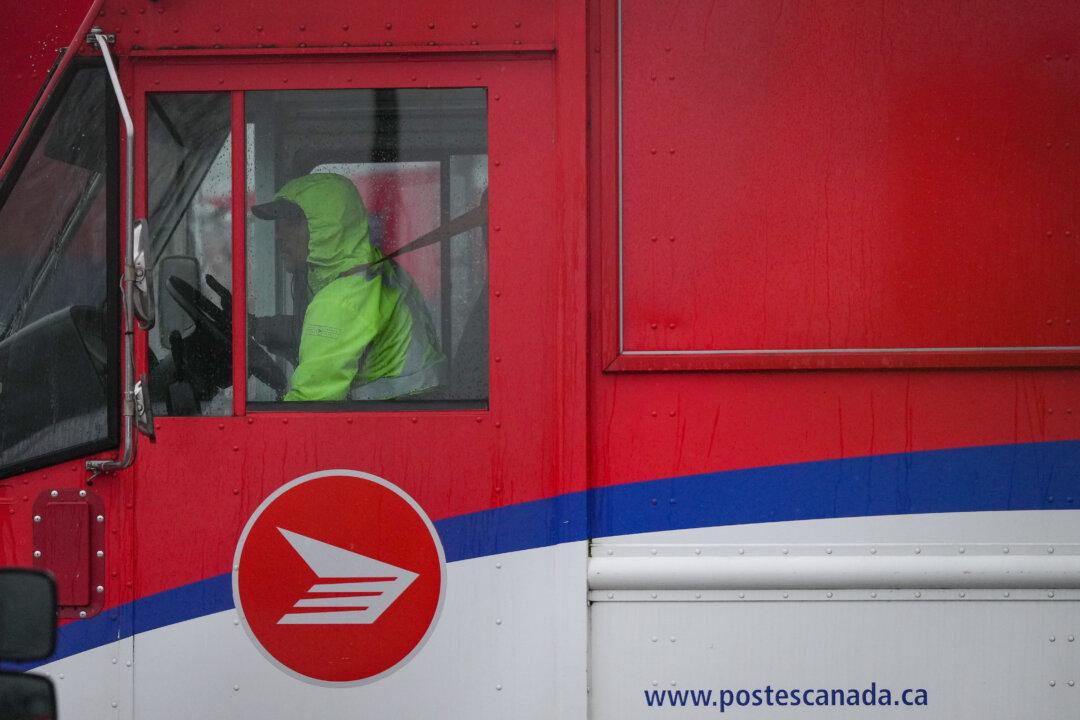The mayor of Ottawa and the president of the region’s utility company are promising to launch a review into the local response to the May 21 storm as thousands of residents remain without power nine days later.
As of Monday afternoon, nearly 8,000 hydro customers in more than a dozen neighbourhoods were still living in the dark, and Hydro Ottawa is not putting a timeline for getting everyone powered back up.
“There’s no question we will certainly discuss from a post-mortem point of view what went well and what didn’t go well when it comes to dealing with this storm,” said Ottawa Mayor Jim Watson at an afternoon press conference. “A lot has gone well. But obviously if you’re part of the 8,000 that still does not have power, you’re not too impressed with that statement.”
The storm killed 11 people in Ontario and Quebec and left hundreds of thousands in the dark after high winds toppled countless hydro poles and trees. Environment Canada has said the severe weather involved a derecho—a rare widespread windstorm associated with a line of thunderstorms—that developed near Sarnia, Ont., and moved northeast across the province, ending in Quebec City.
The catastrophic weather event prompted the communities of Uxbridge, northeast of Toronto, as well as the Township of Greater Madawaska, Clarence-Rockland and the City of Peterborough to declare states of emergency.
Both Watson and Hydro Ottawa president Bryce Conrad continued to emphasize the scope of the damage caused when the derecho hit Ottawa with winds in excess of 130 kilometres an hour.
Watson said when Conrad told him the damage was worse than the 1998 ice storm, “initially I didn’t believe him.”
The number of hydro poles damaged beyond repair in the region has exceeded 300, more than twice the total number damaged during the 1998 ice storm and the 2018 tornadoes, combined. Frustration has mounted among residents waiting for power, as specific information about their neighbourhoods has been lacking, and deadlines for power to be restored have been vague at best.
Hydro Ottawa said the bulk of the grid would be back up by Friday evening, but it was in the wee hours of Sunday morning before that happened, Conrad said.
Conrad said he is frustrated too at being unable to give more specific information.
“The short answer is the scope of the storm, the magnitude of the storm and the level of destruction it did to our equipment was simply beyond anything that we’ve ever imagined before, beyond our worst nightmares,” he said.
The outages that remain are scattered, many of them still the result of trees on power lines. Conrad said there are 33 outages affecting more than 50 customers, 27 affecting between 10 and 50 customers, and 273 affecting fewer than 10 customers each.
A 2019 climate vulnerability study done for Hydro Ottawa warned that storms with winds above 120 kilometres an hour posed an extremely high risk for the city’s power grid.
Hydro staff said north-south power lines were “particularly vulnerable'' to high winds, and that played out in real time on May 21 when many buckled and toppled along multiple arteries in the city.
There are still 20 major intersections without working traffic lights, and at least two that are still needing to be rebuilt. City staff say it’s still too soon to know how many homes were damaged, but said two city works yards and two city salt domes were damaged or destroyed.
Across eastern Ontario, over 15,000 properties were still without power as of Monday afternoon.
Hydro One said over 4,200 customers in Tweed, Ont., and over 3,200 in Bancroft, Ont., were still in the dark, and noted most of the properties affected were seasonal.
There were 482 customers in Peterborough, Ont., and 266 in Perth, Ont., without power as of Monday afternoon.
Power has been restored to nearly 760,000 Hydro One customers and 172,000 Hydro Ottawa customers since the storm hit.





